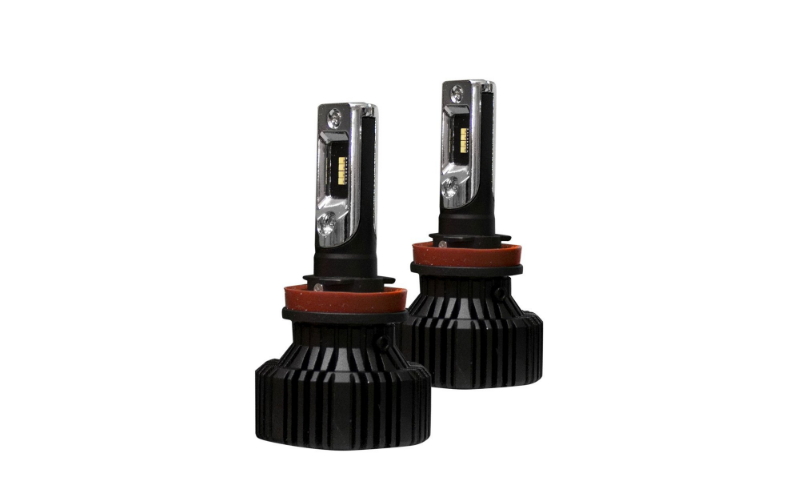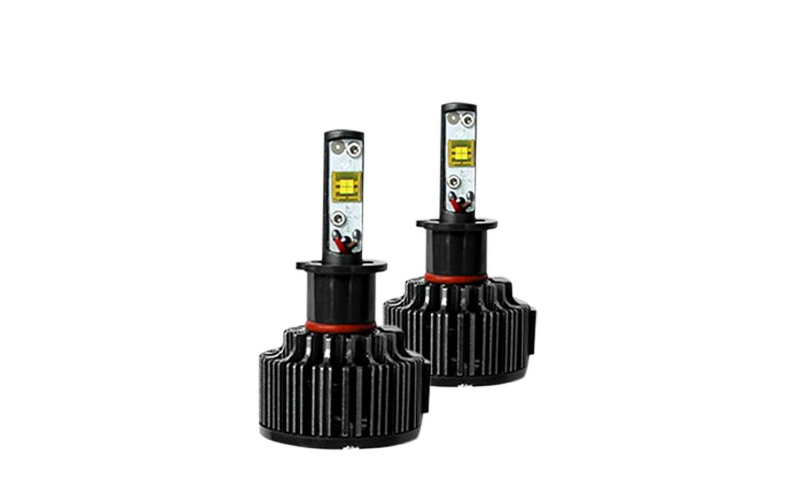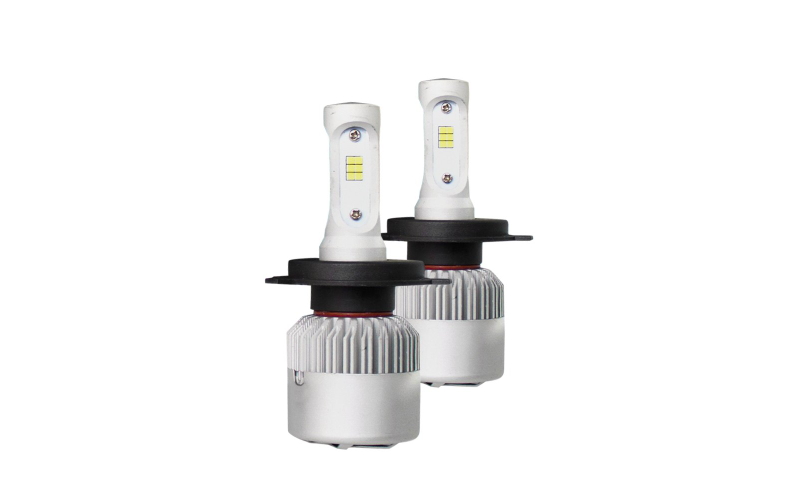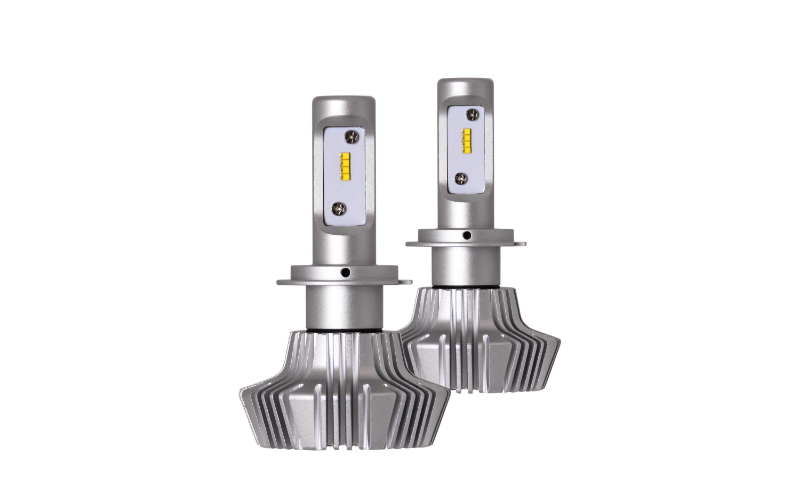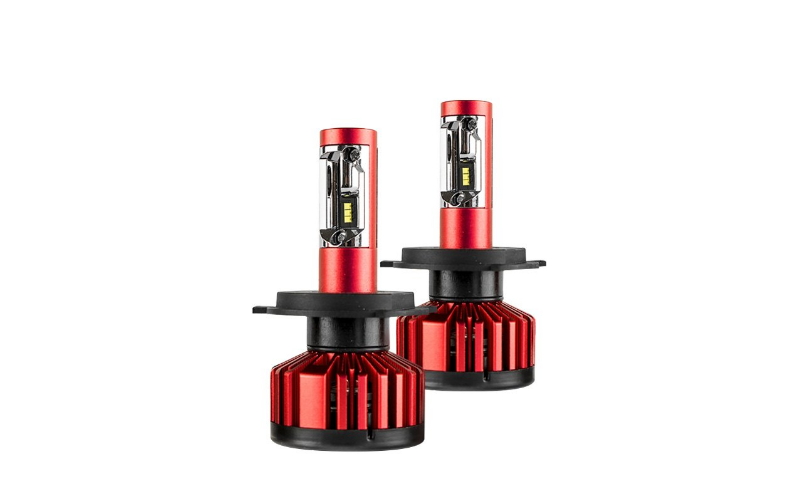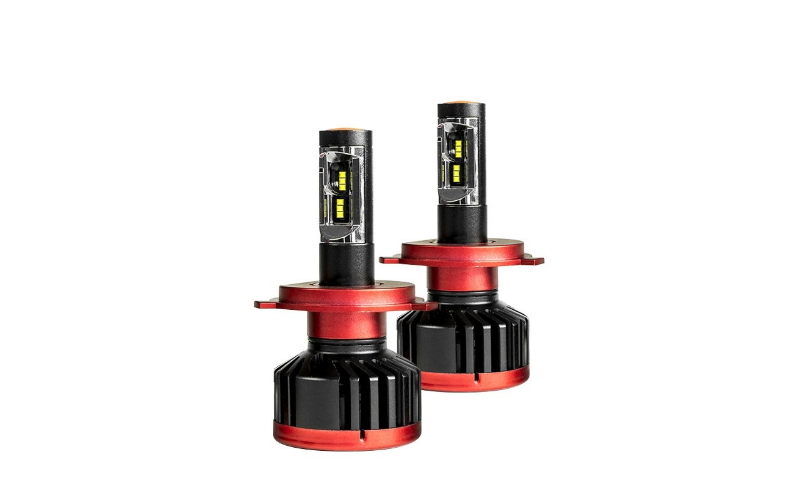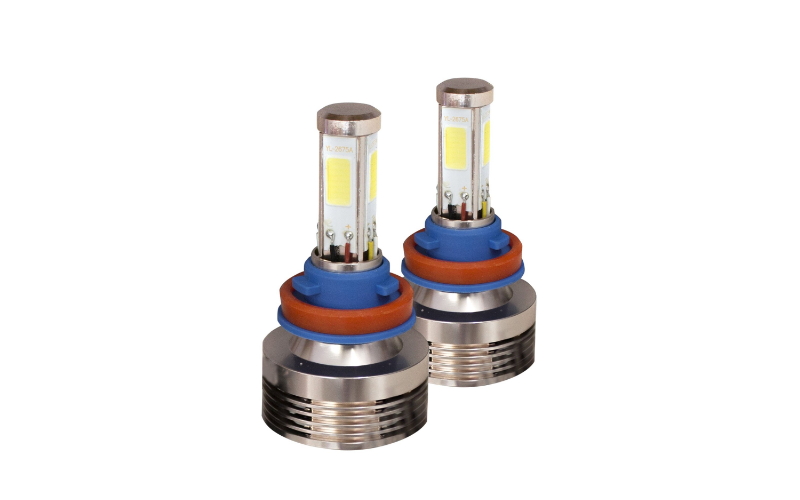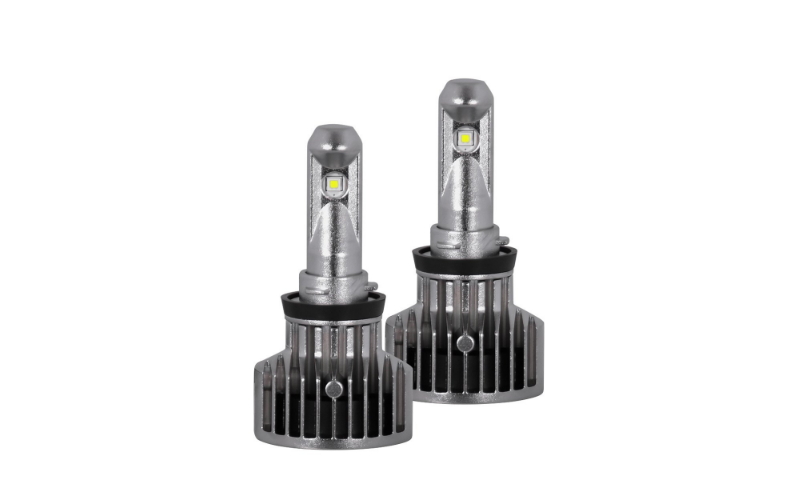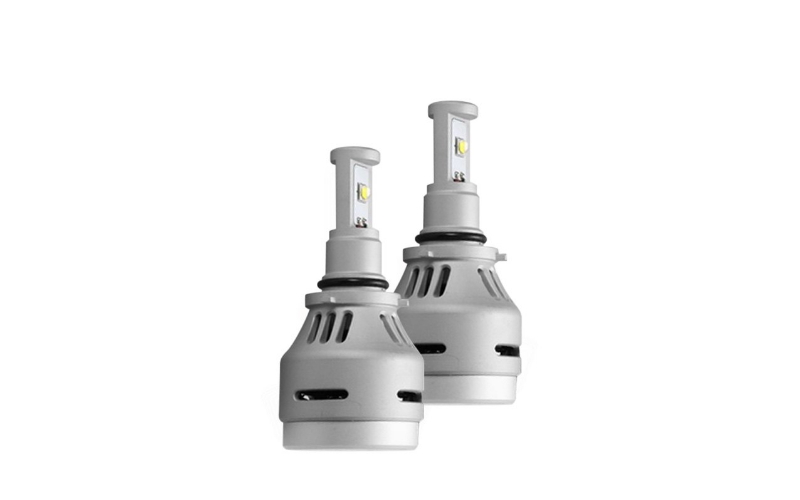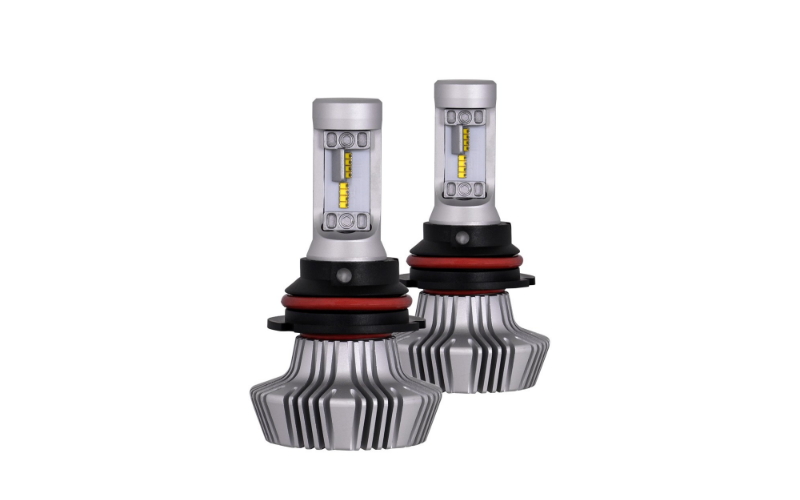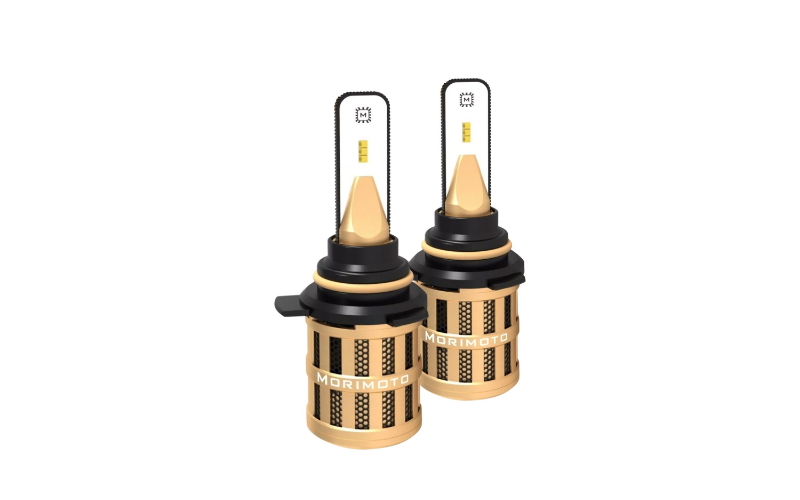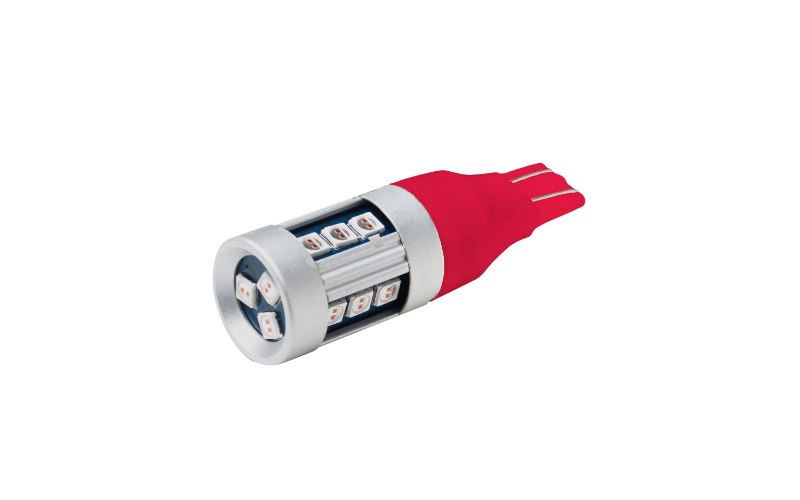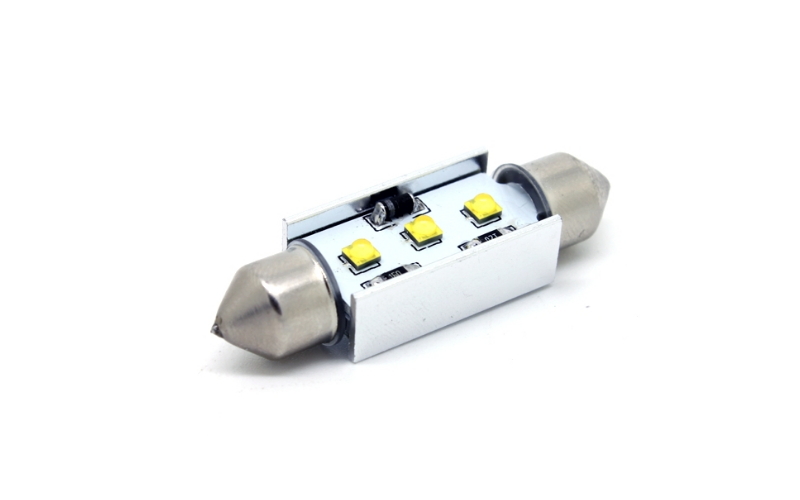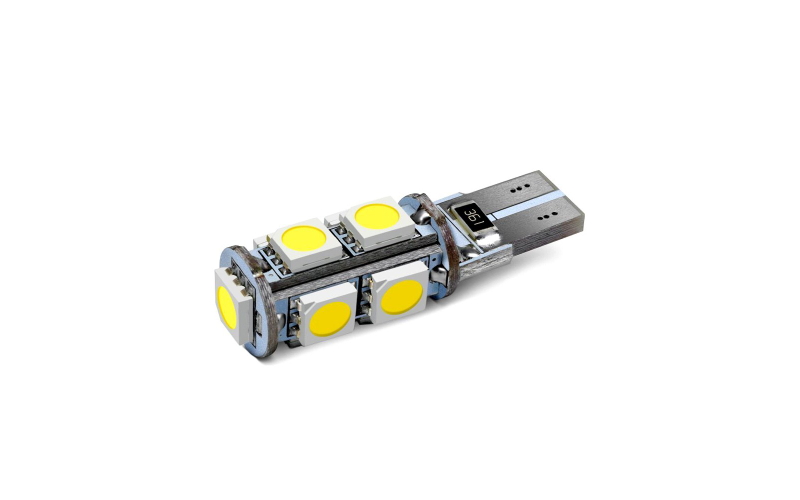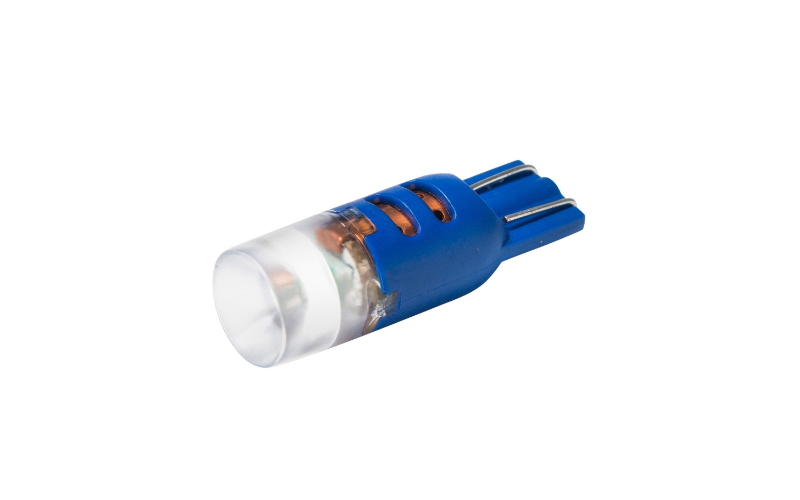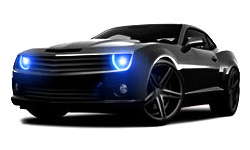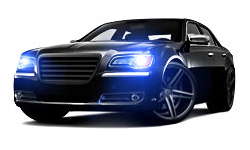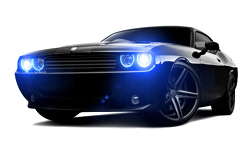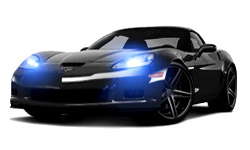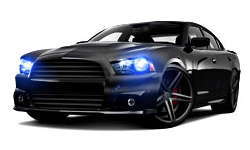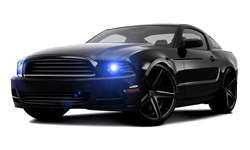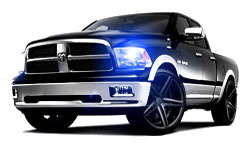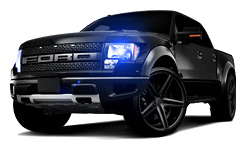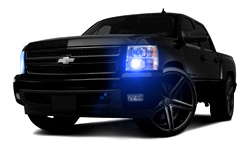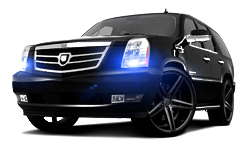5 Popular Myths About Protecting License Plates from Cameras
With the increasing use of traffic cameras, many drivers are looking for ways to protect their privacy and avoid unnecessary fines. However, there are many misconceptions about do license plate blockers work, the best way to hide a plate, and how effective different technologies are. Let’s debunk five of the most common myths surrounding nanofilm license plate, and nanofilm ecoslick solutions.
Products are available — click below to view them!
SEE DETAILS ON EBAY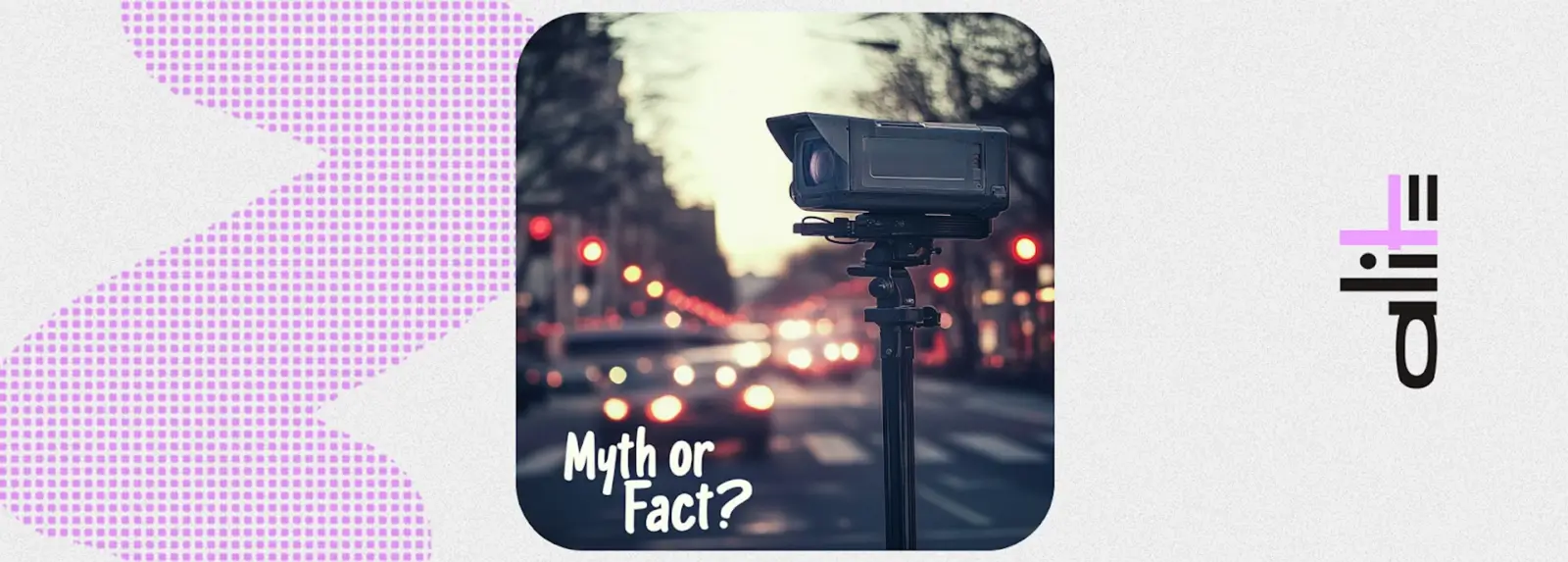
Products are available — click below to view them!
SEE DETAILS ON EBAYMyth #1: License Plate Blockers Are 100% Effective Against All Cameras
Many people believe that using a nanofilm license plate or a license plate blocker guarantees complete protection against traffic cameras. While high-quality products like nanofilm ecoslick and Alite.cc can significantly reduce the visibility of license plates to certain camera types, no solution is foolproof.
- Some cameras use multiple technologies, including infrared and AI-enhanced recognition, to bypass traditional blocking methods.
- Weather conditions and lighting can affect how well a blocker works.
- Newer cameras are designed to counteract some plate-blocking methods.
While nanofilm license plate products offer strong protection, it’s essential to choose a proven, tested solution rather than assuming any generic blocker will work.
Myth #2: The Best Way to Hide a Plate Is to Cover It with a Tinted Film
One of the most common misconceptions is that simply applying a tinted or reflective film over a license plate is enough to make it invisible to cameras. While this may work against older or low-resolution cameras, modern traffic enforcement systems are far more advanced.
- Many cameras are equipped with adaptive filters that can enhance low-visibility plates.
- Some regions have laws against using excessive tints or covers on license plates.
- Instead of low-quality films, using advanced solutions like nanofilm ecoslick can provide much more reliable protection.
If you want the best way to hide a plate, it’s important to choose a tested product rather than relying on outdated or ineffective techniques.
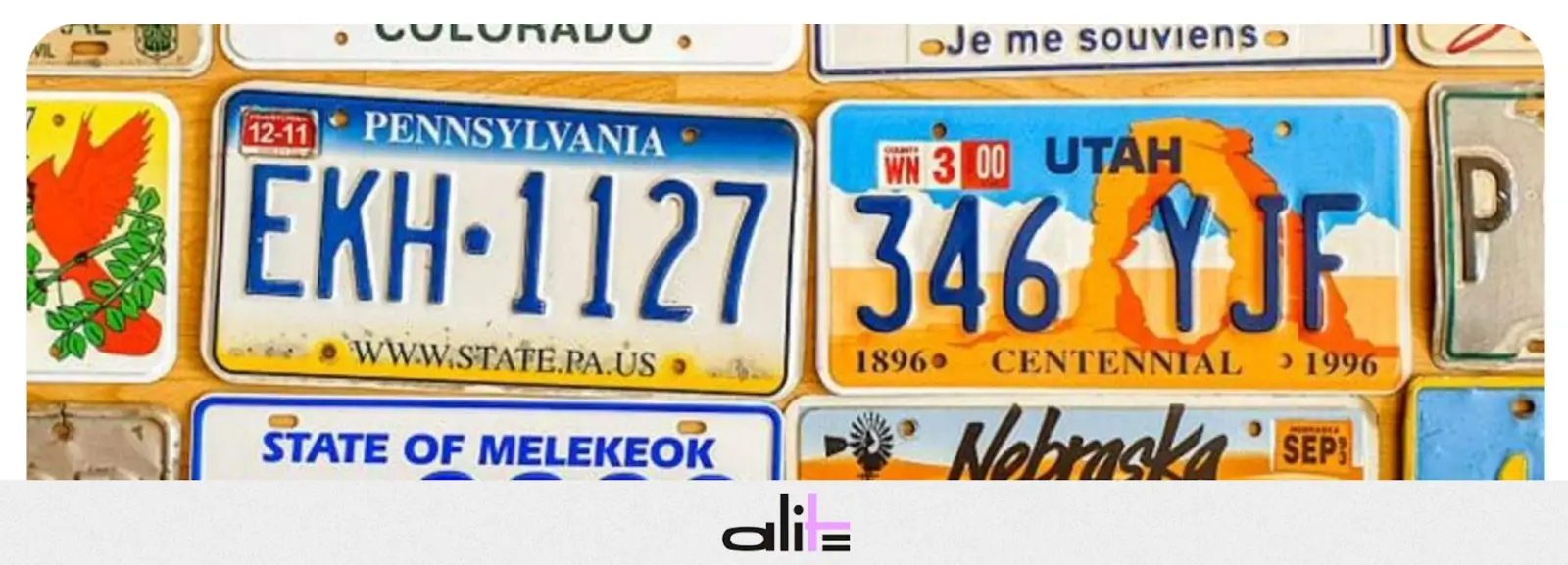
Myth #3: You Can Avoid Traffic Cameras by Tilting or Obscuring Your Plate
A common trick some drivers try is tilting or partially obscuring their license plates in an attempt to avoid traffic cameras. While this might have worked in the past, modern enforcement systems have evolved significantly.
- AI-powered recognition can reconstruct partially visible numbers.
- Many regions enforce strict penalties for improperly displayed license plates.
- Speed cameras and toll booths use multiple angles to capture plate data, making simple adjustments ineffective.
Instead of physical modifications that might attract law enforcement attention, using nanofilm license plate technology or Alite.cc products is a safer and more effective choice.
Myth #4: License Plate Blockers Are Illegal Everywhere
Another widespread belief is that using license plate blockers is completely illegal. In reality, the legality of plate-blocking products depends on the type of technology used and the local laws in each region.
- Many jurisdictions allow non-reflective or anti-glare coatings as long as the plate remains legible to the human eye.
- Some products, like nanofilm ecoslick, are designed to work within legal limits while still providing camera protection.
- The key is to ensure that the chosen solution does not physically obstruct or alter the plate beyond legal guidelines.
Before investing in any license plate blocker, it’s always best to check local regulations to ensure compliance.
Myth #5: Only Expensive Solutions Work
While premium brands like Alite.cc and nanofilm license plate products are among the most effective, some drivers assume that only high-cost options work. However, this isn’t always the case.
- Many affordable solutions offer strong protection when properly applied.
- The effectiveness of a plate-blocking method depends on the technology used, not just the price.
- Some high-priced products may not perform as well as tested mid-range options.
The key to avoiding traffic cameras is choosing a trusted product that has been verified to work against modern enforcement systems.
There are many myths about do license plate blockers work and what is the best way to hide a plate, but the truth is that protection depends on the quality of the product and how it is used. Solutions like nanofilm ecoslick, nanofilm license plate provide real, tested protection, but it’s essential to have realistic expectations – https://alite.cc.
If you want to avoid traffic cameras effectively, invest in a proven system and stay informed about the latest advancements in enforcement technology. With the right approach, you can maintain your privacy and reduce unnecessary fines without resorting to outdated or ineffective tricks.
 Scott is a technical writer and consultant at Hikari-led.com. He is a fan of custom car lighting and is keen on all kinds of wiring jobs. We know him as a person who can make anything work!
Scott is a technical writer and consultant at Hikari-led.com. He is a fan of custom car lighting and is keen on all kinds of wiring jobs. We know him as a person who can make anything work!
Scott is enthusiastic about car mods and never misses a chance to learn something new, so you can meet him at SEMA and other well-known US automotive events.

